Living With Fire
Of Fire and Myth: Will Harling, Bigfoot, and the Power of Place
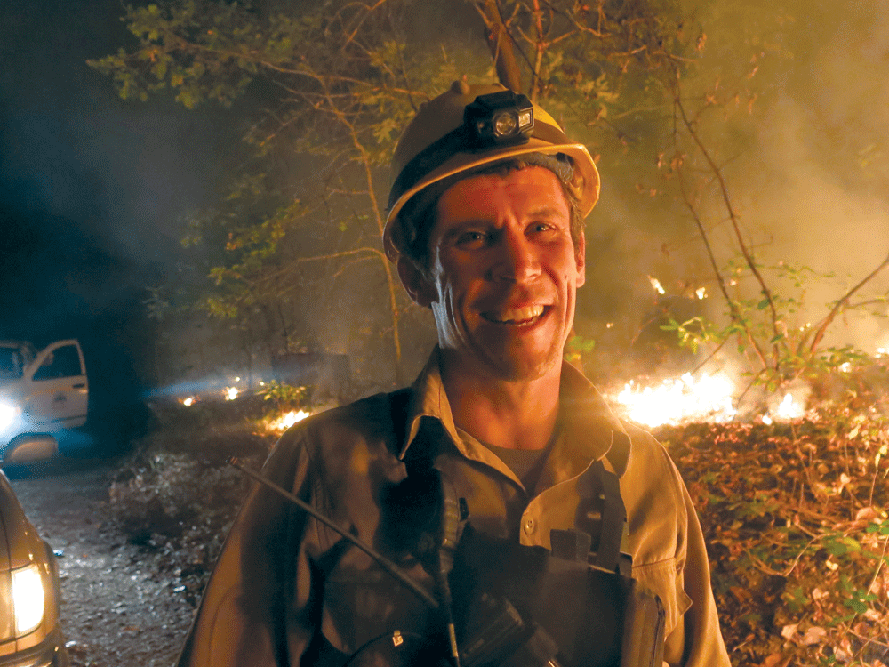
This story originally appeared on the Fire Adapted Communities Learning Network blog, at fireadaptednetwork.org To have stories like this one on Fire Adaption delivered to your inbox weekly, visit bit.ly/FACNetSubscribe.
By Lenya Quinn-Davidson
I grew up in the heart of Bigfoot Country. Trinity County, California: a place where stories of Bigfoot encounters are common, even in my own family. A place where outsiders flock to beckon Bigfoot, and where unexplainable events naturally become evidence of Bigfoot’s mystique and prowess. And although I’ve long rolled my eyes at out-of-area Bigfoot hunters and (somewhat rudely) discounted my mom’s Bigfoot stories, make no mistake—I do believe in Bigfoot.
It turns out some of my favorite fire practitioners share my interest, like Jim Agee, one of the fathers of contemporary fire ecology, who wrote about Bigfoot in his 2007 book Steward’s Fork: A Sustainable Future for the Klamath Mountains. One chapter, “Modern Myths and Monsters,” details some of the local Bigfoot culture, from the unusually large footprints that locals often find in the woods to the famously disputed 1967 video footage of Bigfoot, to which we in the fire community owe more than
we realize.
One night just a few days pre-COVID, my friend Will Harling and I stayed up late drinking cocktails and talking about our strikingly similar origin stories: the remote communities where we grew up, our back-to-the-lander parents, our home births, our early connections to fire and place. And like true Klamath Mountain kids, these stories inevitably led us back to Bigfoot.
As Will once wrote, “I owe my existence to myth—no, to a lie, for if it had not been for Patterson staging that Bigfoot footage on Bluff Creek in 1967, my pops would have never left Kansas City with my uncle to come hunt that mythical beast in the wild mountains of the Middle Klamath and Salmon Rivers.” As it turned out, Will’s dad did not find Bigfoot, but he did find Will’s mom, and the rest is history. Like other unexplainable Klamath Mountain phenomena, Will Harling is a direct product of Bigfoot’s prowess—and yet another reason to believe.
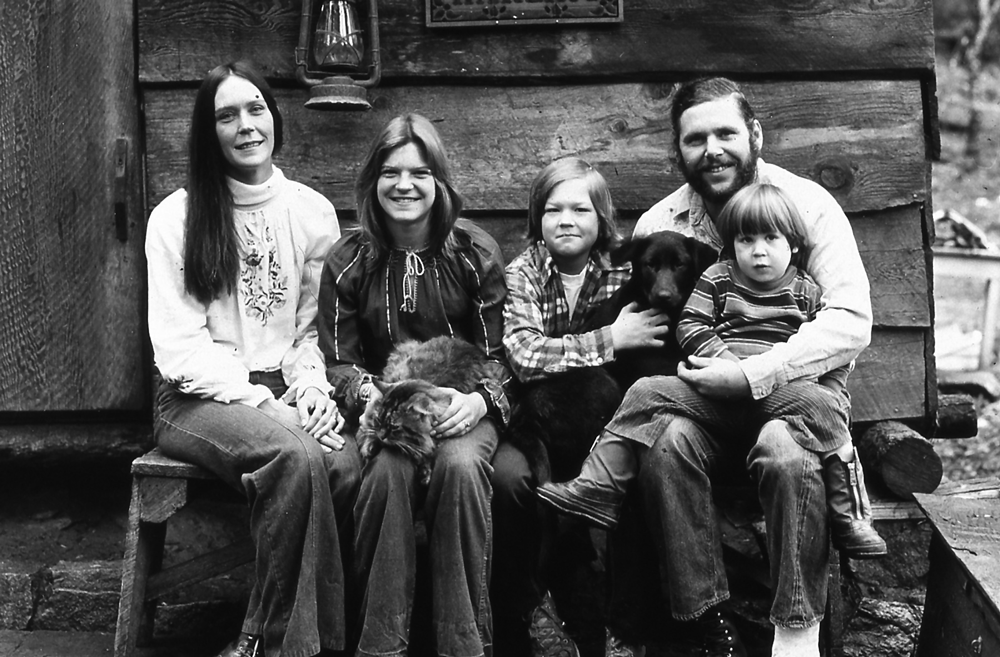
***
Now you may not know Will personally, but you might have heard of him. He’s one of those guys whose reputation precedes him—usually in good ways—but also the kind of person who can only truly be known after seeing him in his element.
I met Will in 2007 during a graduate seminar field trip to Orleans, the tiny town on the Klamath River where Will is Co-Director of a local non-profit, the Mid Klamath Watershed Council (MKWC) www.mkwc.org. Even at that time (and more so now), Will and his community were on the cutting edge of fire adaptation work, conducting community burns on private properties, tackling complex issues on the public lands that surround Orleans, and centering their efforts on local tribal culture and wisdom. To say young Will made an impression on our seminar group that day would be an understatement—especially for me, as these were the early days of my budding love affair with prescribed fire.
In the years since that first meeting, Will and I have overlapped often. We,
and others, launched the Northern California Prescribed Fire Council in 2008, and we hosted the first Prescribed Fire Training Exchanges (TREX) in California in 2012 and 2013. We’ve burned together, hosted meetings and trainings together, and had countless fun times together, along with our ever-growing crew of northern California fire adaptation enthusiasts. But it was that night in March, over talk of Bigfoot, that I felt most kin to Will—and, already steeped in curiosity about the impactful fire folks in my life, I decided I wanted to write about Will’s philosophy and approach.
If you ask Will what drives him in his work, he’ll tell you the reasons might be selfish: he’s working to restore bounty to his Salmon River home—he wants deer to hunt and cool, clean streams to fish. But if you ask me, I would tell you the opposite. Will isn’t motivated by what he can get from the place—his work is of the place, because Will is a natural extension of his landscape. Whereas many of us work on fire in the abstract (academic, administrative, or otherwise), fire for Will is about livelihood—vitality—and he feels that the “wisdom of science is often lost because it’s not connected to place.”
In Will’s eyes, his life has been a 40-year experiment about place—about observation, commitment, and reciprocity. Much like the Karuk people of the mid Klamath, Will believes that the only economy is the economy of place, and that we don’t own the land—we own a responsibility to it.
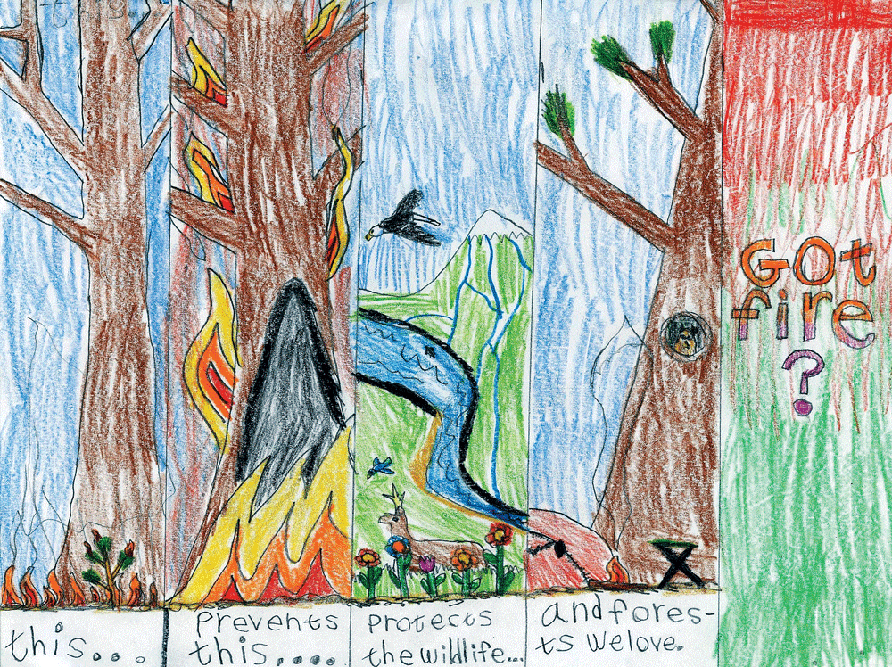
As a rural kid who never moved back home after I left, I know that what Will says is true: “In this life, there are so many roads leading us away from our place.” And then there’s fire, which can bring us back—back to the patterns of our place, back to the people of our place, and forward to a vision for our place. As Will wrote earlier this year:
“Ten years from now, or perhaps a hundred, we will learn to live with fire,
Because the lessons will keep coming,
Eventually every one of us will have lost a piece of what we love,
We will choose the uncertainty of embracing fire, even while it burns us…
…In ten years, creeks that have been dry for decades will flow again,
Salmon will turn gravels that have long been out of reach,
The fruits of the land will be sweeter,
the deer and elk fatter,
We will remember what it means
to be stewards of place,
To give back what is owed to the land
that feeds us.”
(Read his full poem here)
***
A few years ago, my local public radio station hosted a show about Bigfoot. Guests included wildlife biologists who had been on the hunt for Bigfoot for years, setting up game cameras and organizing tracking expeditions out in Will’s vicinity, a couple hours east of where I live. I listened for about 45 minutes, then I decided I had to call in. The conversation was getting under my skin. When I called, I noted my Bigfoot credentials—my Hayfork origins, my family folklore—before asking them what I really wanted to know: “When you are looking for Bigfoot, what are you actually looking for?”
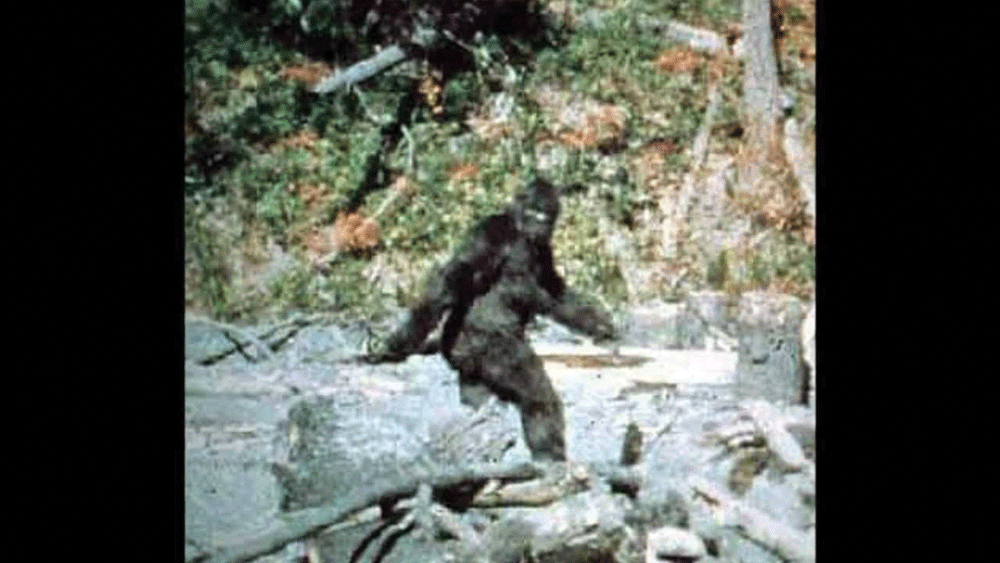
You see, I believe in Bigfoot because I love the humility in it. I love the idea that there are things about the natural world that humans don’t know—things we haven’t seen, that we can’t document, but around which we can still develop story and connection. My interest in this local myth is less about a physical creature, and more about the power of the unknown. At the deepest level, I think people believe in Bigfoot because they want to believe in this place, and I can’t help but feel that the game cameras are an insult to that humility.
When I think about Will’s influence on fire in California, belief is also a core theme. Will is effective because he never takes no for an answer. Like most of my favorite fire practitioners, he is what I call a “yes person”—someone who always finds a way to make things happen, no matter how many obstacles or naysayers lie in his path. You’d be surprised how rare a trait this is! It takes creativity and fortitude, but it also requires belief. Belief in the work, in fire as a process, in the people and partnerships, in the place. And, of course, in Bigfoot, because without Bigfoot we wouldn’t have Will!
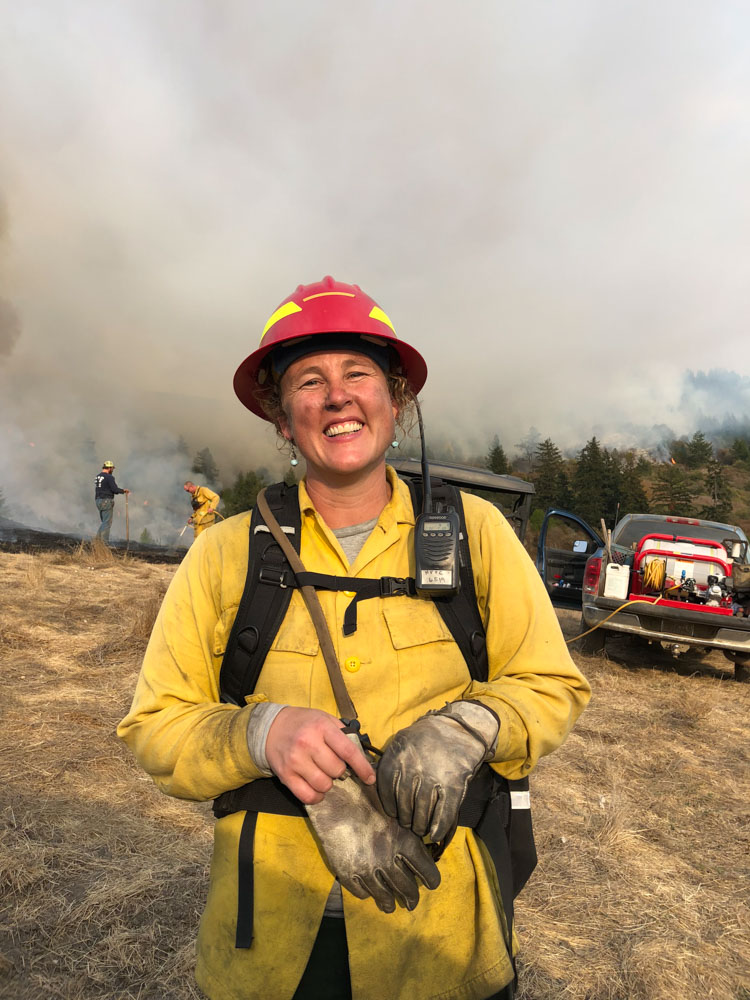
Trees Foundation Board Member Lenya Quinn-Davidson is an Area Fire Advisor with University of California Cooperative Extension, in Eureka and the Director of the Northern California Prescribed Fire Council. She works on a wide range of issues, including research, outreach, fire adaptation, and policy related to prescribed fire and fire management more generally. Feel free to contact her at [email protected].
